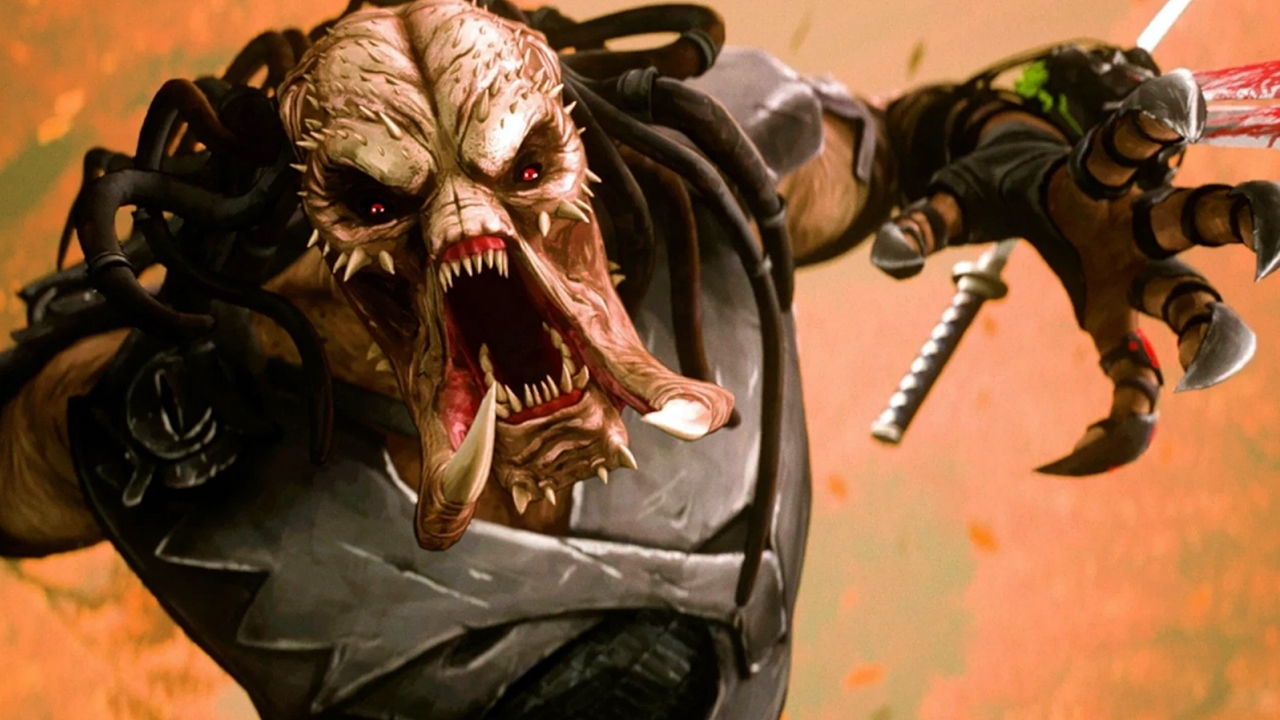After Pluto, Where Will NASA's New Horizons Go?
Scientists are mulling over which of two icy bodies NASA’s New Horizons spacecraft should visit following its Pluto encounter this summer — provided the U.S. space agency comes up with funding for an extended mission.
VIDEO: Pluto Getting Bigger in New Horizons Probe’s Window
The New Horizons team ended up having to turn to the Hubble Space Telescope to find Kuiper belt objects that would be suitably positioned for New Horizons to reach.

Two contenders remain out of five original candidates found by Hubble, which spent 45 days last summer scouting for targets. Follow-up observations in October narrowed the list to two objects within range of the spacecraft, which has limited fuel for a maneuvering burn, scientists said at the Lunar and Planetary Science Conference in Houston this week.
One of the newly named objects is 2014 MT69, a 37-mile (60-km) wide body circling some 44.3 times farther away from the sun than Earth. An encounter with MT69 would occur around New Year's Day 2019.
NEWS: Tally-Ho on Targets for New Horizons After Pluto
"It's not a terribly bright target and it's not very big … and it's quite possibly smaller, if it's a binary or if other things are going on," said astronomer and New Horizons team member Simon Porter, with the Southwest Research Institute in Boulder, Colo.
Get the Space.com Newsletter
Breaking space news, the latest updates on rocket launches, skywatching events and more!
The advantage of MT69 is that New Horizons can reach it using less fuel. The encounter also would occur three months sooner than a flyby of the other candidate, known as 2014 MT70.
MT70 is brighter than MT60, and possibly larger, with a diameter of about 47 miles (76 km), so more desirable from a scientific perspective, Porter said.
"We can only go to one of these, so we have to make the decision. MT69 is the front-runner because it's lower Delta-v (change in velocity). Engineers love that. On the other hand, they kind of hate that it's dimmer because on approach we might end up using more fuel for final (course) corrections," he said.
ANALYSIS: Kuiper Belt Was a 'War Zone' — A Detective Story
That encounter also may be hampered by the position of the sun at the time.
"We have to make this trade-off between size versus Delta-v," Porter said.
An extended mission also would include distant observations of as many Kuiper belt objects as possible.
"We go through a lot of stuff very quickly," Porter said.
New Horizons is now closer to Pluto than Earth is to the sun. The spacecraft, which was launched in January 2006, will pass about 10,000 kilometers (6,200 miles) from Pluto on July 14.
To make a close pass by another Kuiper belt object, New Horizons will have to make a steering maneuver this year, most likely in October.
A decision on which post-Pluto target to aim for is expected in August, a paper presented at the conference shows.
Note (1:30 pm ET): A previous version noted an incorrect flyby distance of Pluto, this has since been edited.
This article was provided by Discovery News.
Join our Space Forums to keep talking space on the latest missions, night sky and more! And if you have a news tip, correction or comment, let us know at: community@space.com.

Irene Klotz is a founding member and long-time contributor to Space.com. She concurrently spent 25 years as a wire service reporter and freelance writer, specializing in space exploration, planetary science, astronomy and the search for life beyond Earth. A graduate of Northwestern University, Irene currently serves as Space Editor for Aviation Week & Space Technology.
